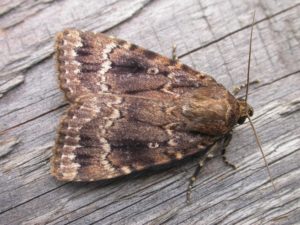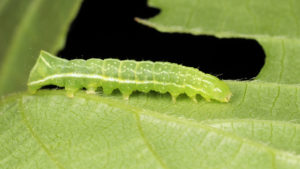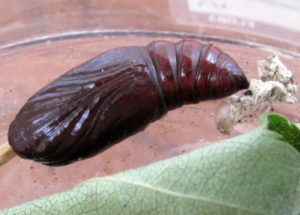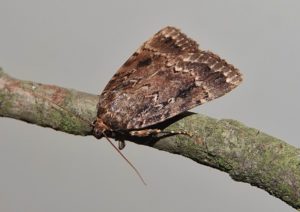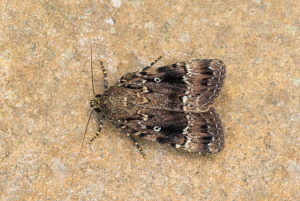Copper Underwing Moth (Amphipyra pyramidea)
The copper underwing moth is a member of the family of owlet moths. It has a Palaearctic distribution and was first described by Swedish zoologist Carl Linnaeus in his 10th edition of Systema Naturae published in 1758 and 1759 in two volumes.
norfolkmoths.co.uk
Scientific Classification
- Family: Noctuidae
- Genus: Amphipyra
- Scientific Name: Amphipyra pyramidea
Description and Identification
Caterpillar
The larvae are bright green and are covered with white spots. Their spiracles are black connected with a yellowish-white line. At the end of their eighth abdominal segment, a pointed hump is observed.
The copper underwing moth caterpillar is parasitized by wasps as well as certain other insects, with the white eggs of the latter seen sticking on to the body of the larvae.
Adult Moth
Sexual Dimorphism: Present. The female is generally a little bigger than the male.
Color and Appearance
Forewing: When the wings are opened, they are a glossy brown with pale fascia (band of connective tissues) and dark stigmata or marks. When the wings are closed, the pattern and color remain unchanged with pale spots visible on both sides.
Hindwing: When the wings are opened, they are a bright coppery brown, which gives the moth its name. When the wings are closed, the copper color is still observable.
Average wingspan: 3.8-5.4 cm
Flight pattern: Consistent
Season: July through October
Egg
The eggs are laid in plants found in deciduous forests.
Quick Facts
| Other names | Humped green fruitworm, pyramidal green fruitworm |
| Distribution | North Africa, Europe, primarily Britain, the Near East, Iran, southern Siberia, northern India, Korea, and Japan. |
| Habitat | Deciduous forests |
| Lifespan of Adults | Not recorded |
| Host Plants | Apple, basswood, grape, greenbrier, hawthorn, maple, oak, raspberry, viburnum, and walnut |
| Predators | Birds |
| Adult Diet | Does not feed |
Did You Know
- While similar to Svensson’s Copper Underwing (Amphipyra berbera), the two are easily distinguishable from the color of their hindwings. In Svensson’s Copper Underwing, the color of the hindwings is uniform, while in the Copper Underwing, the margins are darker than the center.
Scientific Classification
- Family: Noctuidae
- Genus: Amphipyra
- Scientific Name: Amphipyra pyramidea

